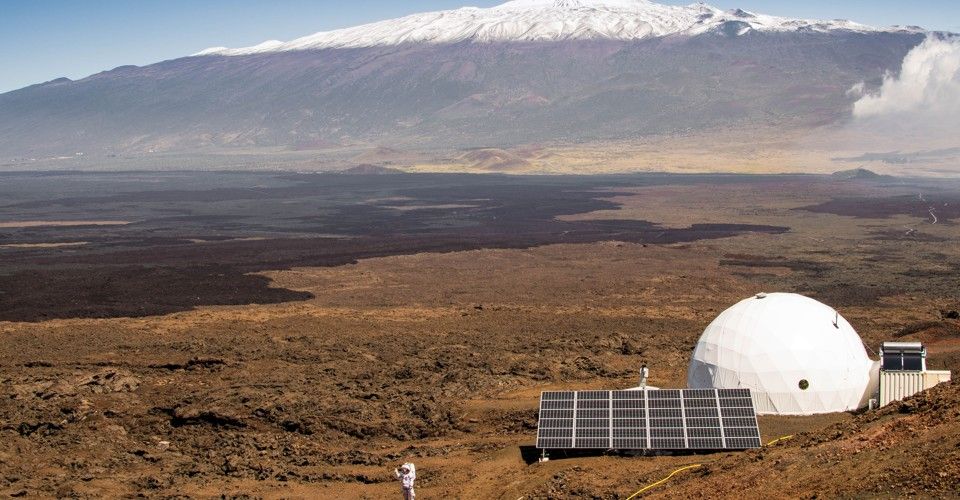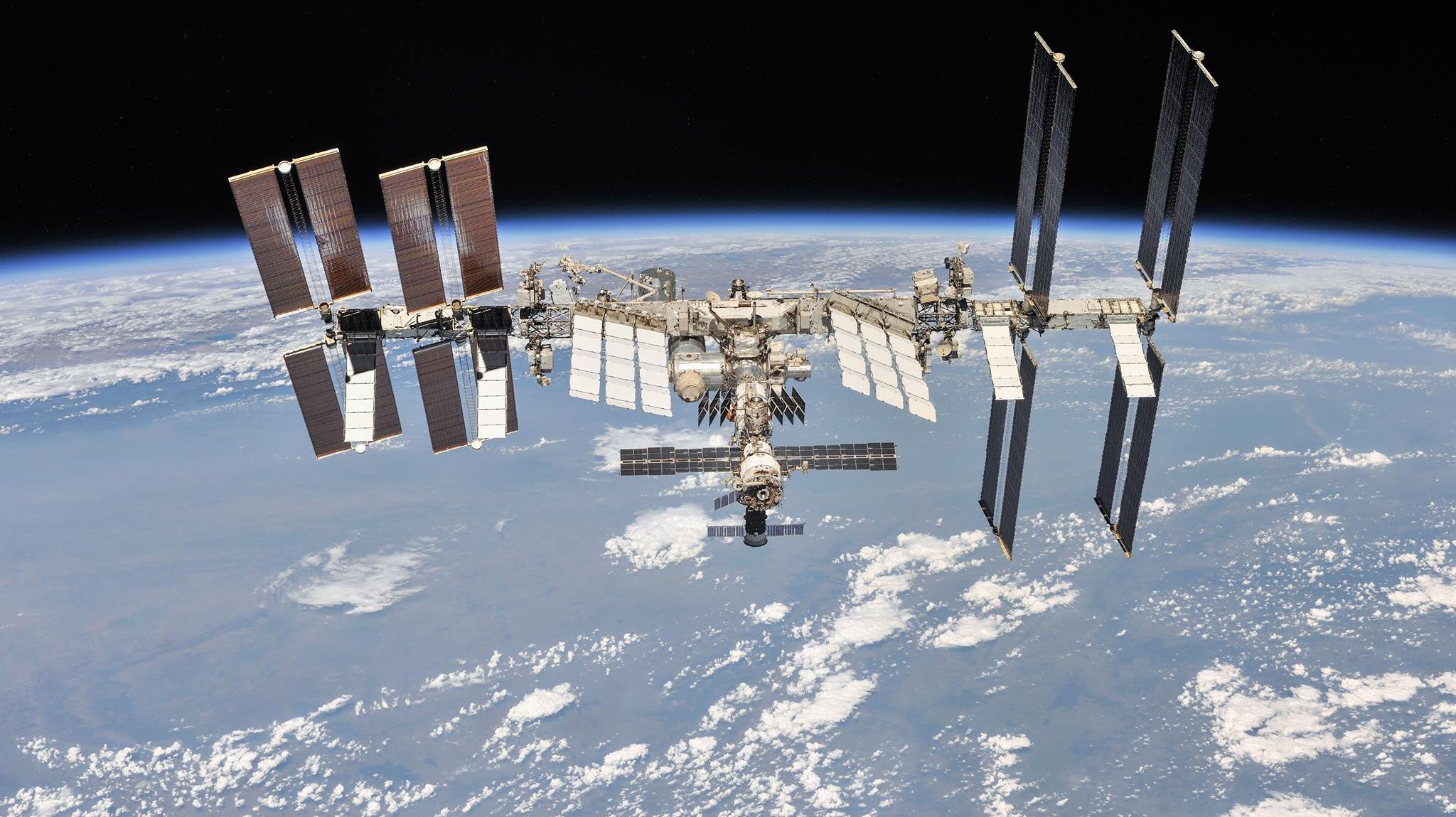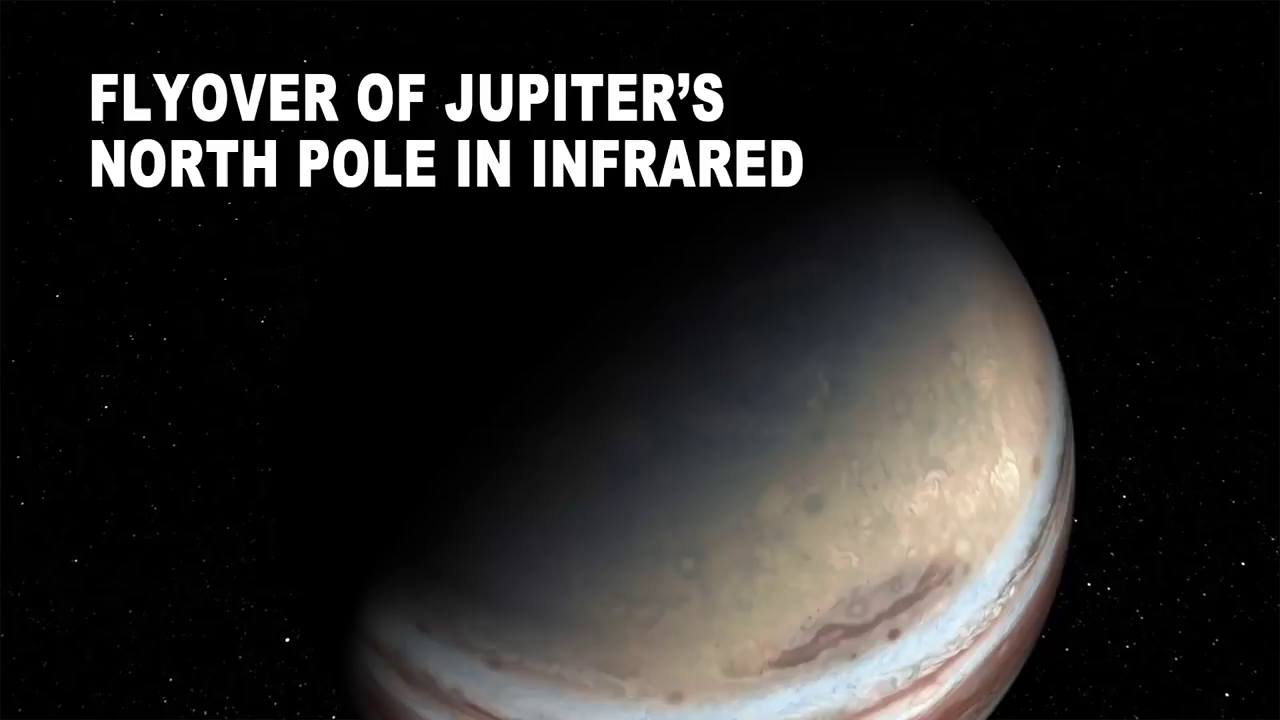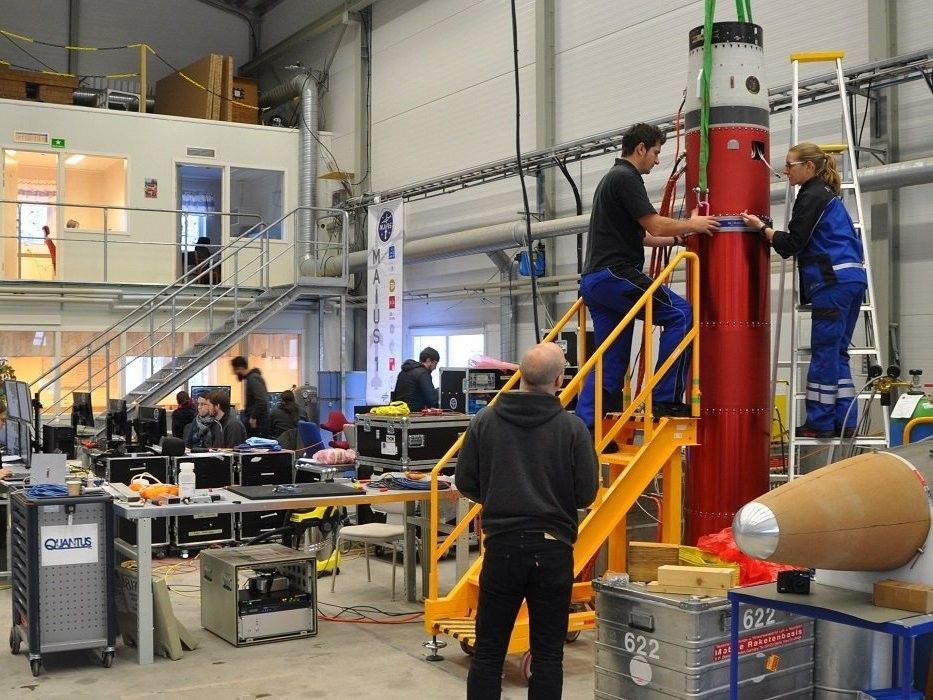Twenty years ago today, construction began on the greatest international science and engineering project in human history — the International Space Station. In case you missed it, we celebrated the occasion by talking to the crew currently living and working in space. Take a look: https://go.nasa.gov/2qVKqt9 #SpaceStation20th
Category: space – Page 925
We’re going to Jezero!
At Jezero, Mars 2020’s goal will be “to explore the history of water and chemistry in an ancient crater lake basin and associated river-delta environments to probe early Martian climates and search for life.”
NASA announced this morning the selection of Jezero crater for the landing site of the Mars 2020 mission. Jezero is a 45-kilometer-wide crater that once held a lake, and now holds a spectacular ancient river delta.


Colorful Asteroids Near Neptune Reveal a Solar System Conundrum
Unexplained patterns in the colors of certain space rocks suggest scientists still have much to learn about the solar system’s origins and early evolution.
- By Katherine Kornei on November 20, 2018

Today is the 20th anniversary of the International Space Station
Our orbiting laboratory is a unique place – a convergence of science, technology and human innovation that demonstrates new technologies and makes research breakthroughs not possible on Earth. Unpack its architecture here: https://go.nasa.gov/2FzkBtf #SpaceStation20th

Flyover of Jupiter’s North Pole in Infrared
Click on photo to start video.
This infrared tour of Jupiter’s north pole allows us to see deep inside the swirling clouds of the cyclones and anticyclones that permeate the planet’s polar regions. In the animation that uses data from our Juno spacecraft, the yellow areas are warmer (or deeper into Jupiter’s atmosphere) and the dark areas are colder (or higher up in Jupiter’s atmosphere). Take the virtual tour: https://go.nasa.gov/2Fwf7zm

At first glance, a bright blue crescent immediately jumps out of this image from our NASA’s Hubble Space Telescope
Is it a bird? A plane? No — it’s a galaxy. Take a closer look: https://go.nasa.gov/2FypUZL


Space Station 20th: longest continual timelapse from space
Since the very first module Zarya launched from Baikonur Cosmodrome on 20 November 1998, the International Space Station has delivered a whole new perspective on this planet we call home. Join us as we celebrate 20 years of international collaboration and research for the benefit of Earth with our astronaut Alexander Gerst’s longest timelapse yet!
In just under 15 minutes, this clip takes you from Tunisia across Beijing, China and through Australia in two trips around the world. You can follow the Station’s location using the map at the top right-hand-side of the screen alongside annotations on the photos themselves.
This timelapse comprises approximately 21 375 images of Earth all captured by Alexander from the International Space Station and shown 12.5 times faster than actual speed.